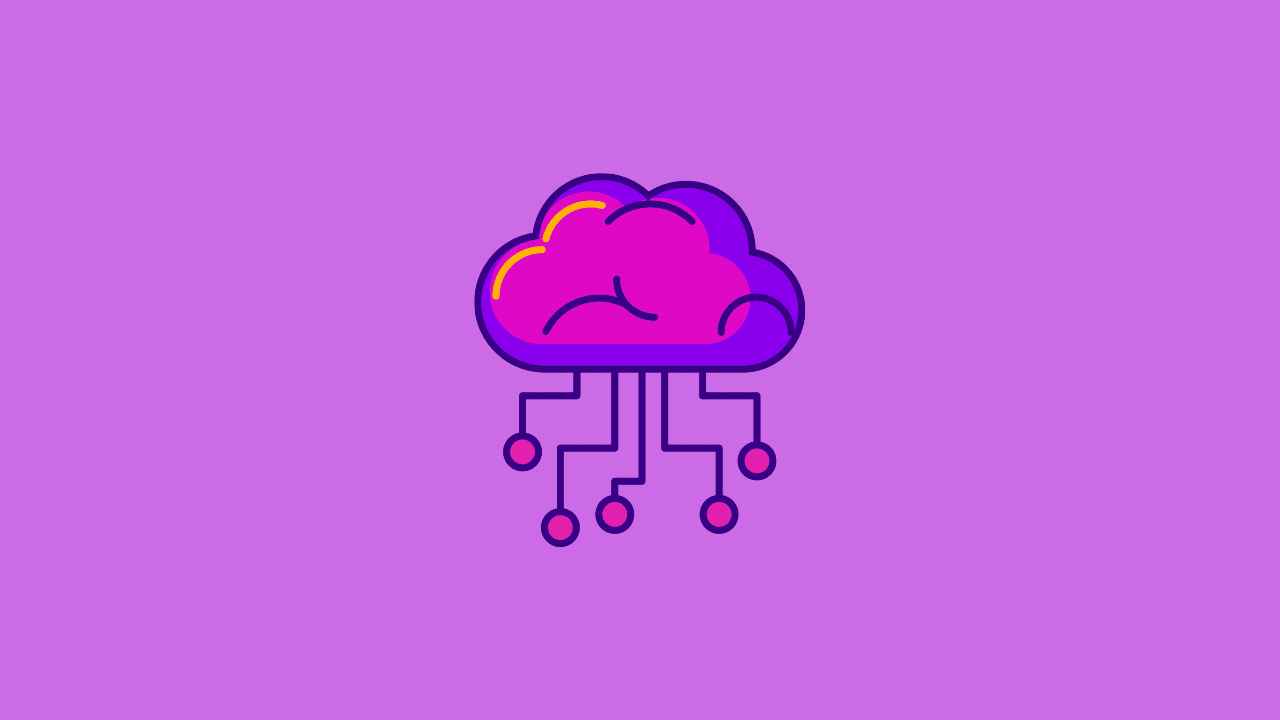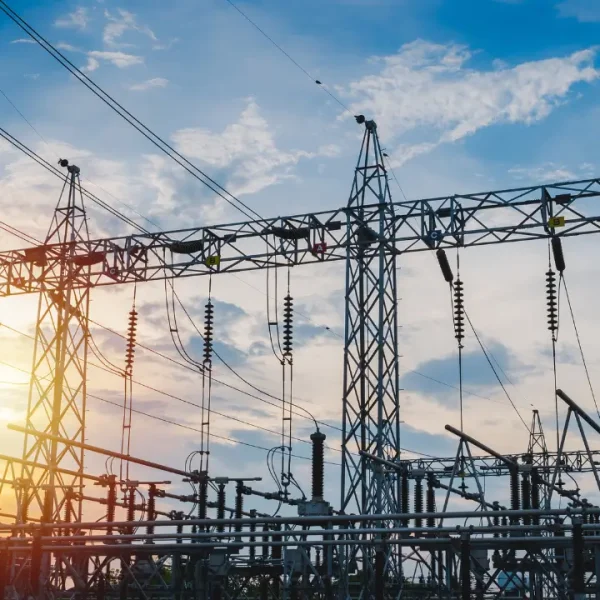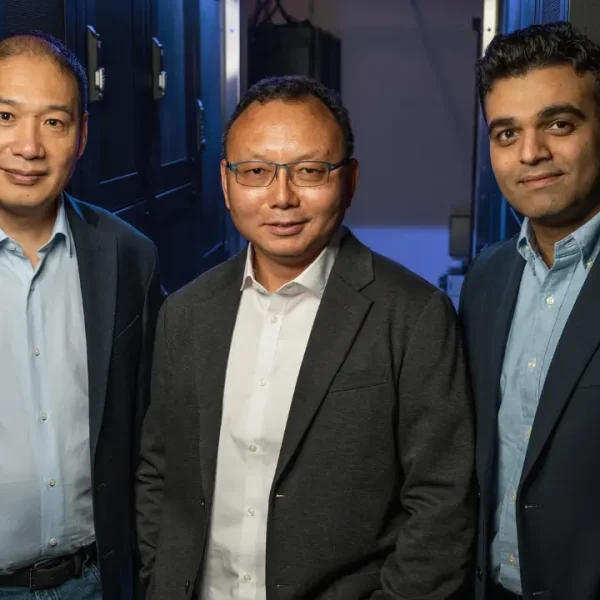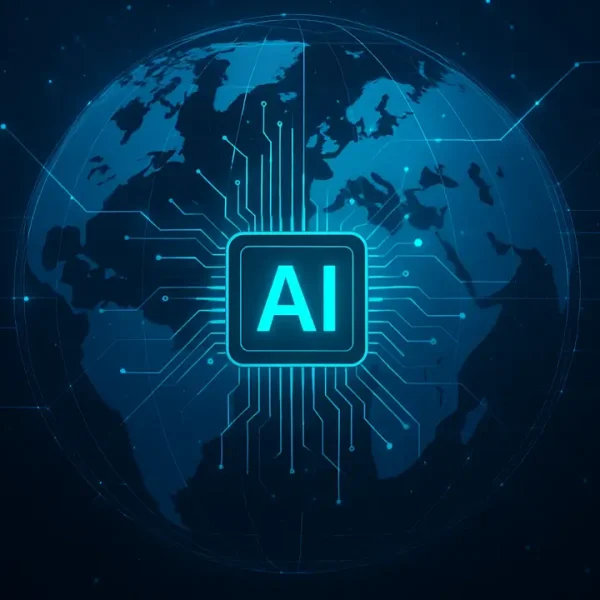Imagine waiting at a busy coffee shop. The line stretches out the door, but the baristas keep making drinks for their own team before serving paying customers.
That’s similar to what’s happening in today’s cloud computing landscape. Hyperscaler cloud providers such as Amazon, Microsoft, and Google have hoarded massive numbers of GPUs (graphics processing units), leaving customers waiting in line for access.
According to a recent study by HostingAdvice and as summarized by Joe Warnimont, traditional cloud customers often find themselves at the back of the queue. While hyperscalers commit the majority of GPUs to their own internal AI projects, businesses willing to pay for those same resources are left waiting.
This bottleneck is driving organizations toward a new type of cloud service: the neocloud.
What Are Neoclouds?
Neoclouds are cloud providers built with one goal in mind: delivering high-performance computing power without competing against their own customers.
Unlike hyperscalers, neoclouds don’t funnel GPUs into internal projects. Instead, they specialize in providing on-demand access to GPUs, advanced hardware, and AI-ready infrastructure.
Some leading neocloud providers include:
- CoreWeave
- Lambda Labs
- Crusoe
- Nebius
Adoption Rates Are Skyrocketing
The HostingAdvice survey revealed a seismic shift in the cloud landscape:
- 25% of organizations already use neoclouds extensively.
- 34% are testing or piloting neoclouds.
- 21% plan to adopt within six months.
- Only 10% have no plans to adopt.
In other words, 9 out of 10 businesses are either using or preparing to use neoclouds. Joe Warnimont notes: this isn’t a slow trickle, it’s a full-blown migration.

Why Are Businesses Making the Switch?
The leading driver behind the shift? GPU wait times. 31% of respondents said reduced wait times were their top reason for adopting neoclouds. 28.6% cited better AI/ML performance and speed. 13% pointed to cost savings. Others mentioned access to the latest GPUs, stronger customer support, and avoiding vendor lock-in.
With hyperscalers, businesses often wait two to four weeks for access to GPUs like NVIDIA’s A100 and H100. Some reported waiting over three months. Neocloud providers eliminate those bottlenecks.
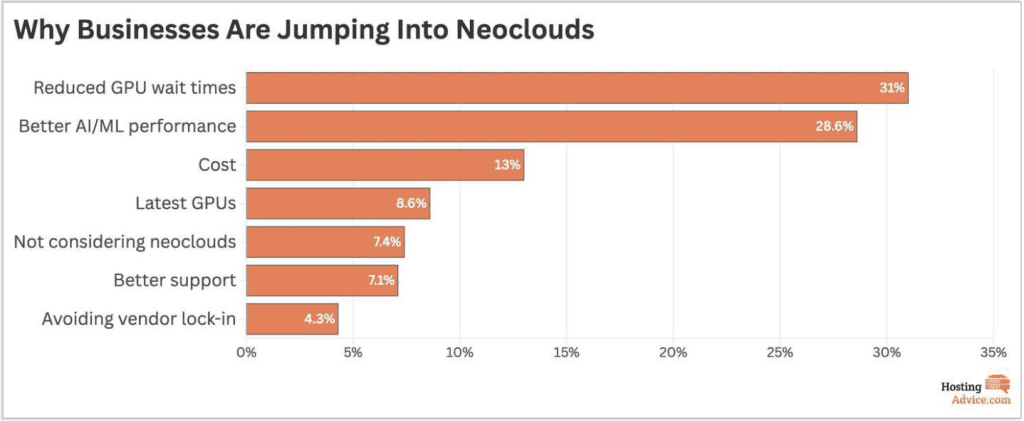
Cost Savings That CFOs Can’t Ignore
While cost wasn’t the top reason for switching, the financial benefits are striking:
- 33.5% of organizations saw 25-49% savings.
- 15.6% reported 50% or greater savings.
- 36% achieved 10-24% savings.
As Warnimont explained, this isn’t just optimization; it’s a budget transformation. By solving GPU scarcity, neoclouds are reshaping how organizations allocate AI infrastructure spend.
Performance Gains
Savings mean little without performance but the study revealed strong results here too:
While 42% of respondents reported performance improved by 25-49%; 14.6% saw improvements of 50% or more.
No respondents reported worse performance.
This suggests neoclouds aren’t just cheaper, they’re often faster and more efficient.
Neoclouds Becoming the Primary Provider
One of the most surprising findings was that 1 in 3 organizations already consider neoclouds their primary AI infrastructure provider.
- 33% use neoclouds as their main solution.
- 26% rely on them for specific workloads.
- Only 14% view them as secondary or backup.
Despite the billions invested by AWS, Google Cloud, and Microsoft Azure to dominate AI infrastructure, neoclouds are rapidly carving out a major share of the market.
The Future of Cloud Spending
Interestingly, the survey also revealed that businesses aren’t abandoning hyperscalers entirely. Instead, they’re increasing spending across the board:
- 93% expect to spend more on hyperscalers.
- 92% expect to spend more on neoclouds.
- 82% plan to expand on-premises infrastructure spending.
This suggests that while neocloud adoption is booming, hyperscalers will remain a key part of the ecosystem.
A Tectonic Shift in AI Infrastructure
Neocloud providers have identified a market inefficiency created by hyperscaler bottlenecks and turned it into an opportunity.
Neoclouds are filling a crucial gap left by hyperscalers by reducing wait times, boosting performance, and lowering costs. And with added benefits like improved customer support, flexible billing, and customized hardware, neoclouds are positioned to become a core piece of the AI infrastructure puzzle.
The rise of neoclouds might just signal the beginning of a new era in cloud computing.


